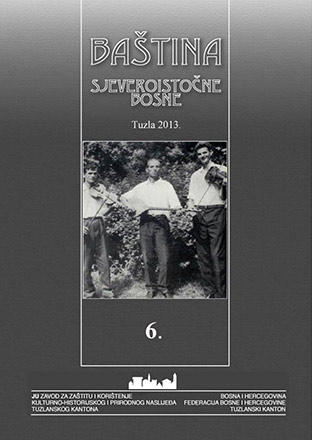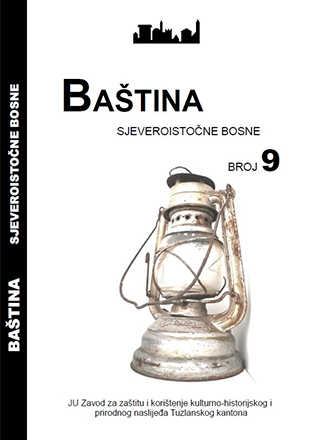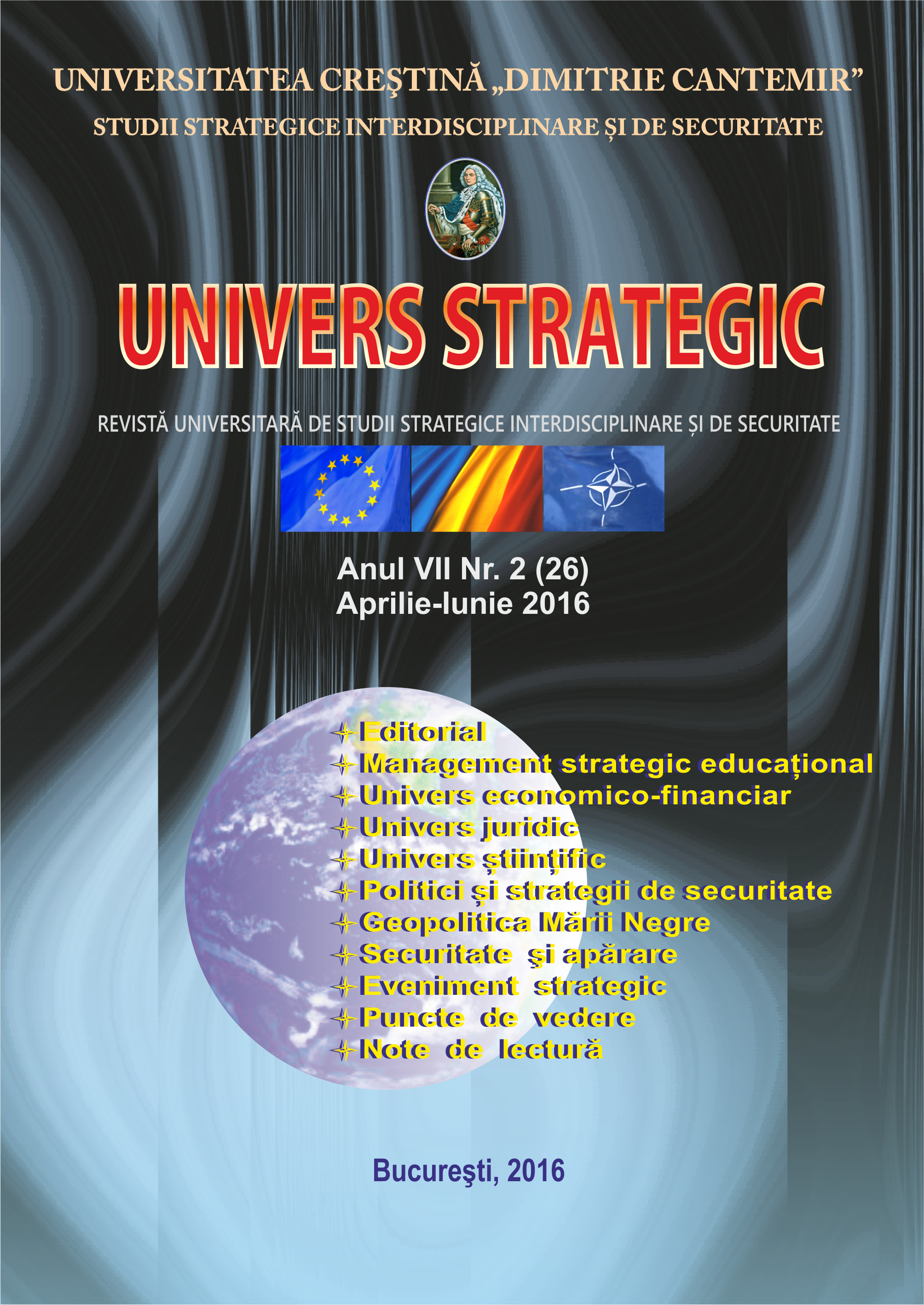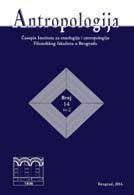Author(s): Roman Idelevich Aizman,Alexey Dmitrievich Gerasev,Oleg Aizman,Galina Ivanovna Krasheninina,Evgeny Mikhaylovich Trofimovich / Language(s): Russian
Issue: 5/2018
Introduction. Recently there have not been physiological and hygienic investigations aimed at testing and clarifying optimal (OHN) and permissible (PHN) hygienic norms of potassium concentration in drinking water. The potassium concentration standard for drinking water of 12 mg / dm3, established by the European Community directive 98 / 83EC, has not been empirically investigated. Therefore, teaching this topic in the sections “Physiology of water-salt balance” and “Water supply hygiene” is not properly grounded. The aim of this work is to consider the physiology of potassium metabolism in the body and to experimentally justify hygienic norms of potassium concentrations in drinking water.
Materials and Methods. To justify the hygienic norm of potassium content in drinking water, a physiological and hygienic approach based on the theoretical and experimental study of potassium homeostasis in the body of higher animals and humans, as well as on the analysis of physiological responses of the body to long-term dose-dependent effects of potassium loads was used. This made it possible to integrate the results of the study into the system of standards for this cation in drinking water. This physiological and hygienic approach to solving the problem became possible due to the long-term cooperation of researchers from Novosibirsk State Pedagogical University and Hygienic Research Institute, whose scientific developments in the field of physiology of potassium homeostasis regulation and water supply hygiene have received worldwide recognition.
Results. It is shown, that regulation of potassium balance is provided as a direct influence of cation surplus on kidneys in the case of hyperkalemia, and the reflex mechanism which comes into action when potassium is absorbed from the digestive tract. This conclusion is based on the experimental data which prove that potassium-regulating reflex is presented by liver selective receptors, afferent vagal nerve pathways, the hypothalamic centres and hormones (renin-angiotensin-aldosterone system, vasopressin, insulin), causing changes in kidney functions – the main homeostatic organ, and potassium depot in tissues (skeletal muscles and liver).The second part describes the results of a 9-month chronic experiment in rats receiving drinking water with different potassium concentrations and its effect on kidney functions. It is shown, that potassium concentration of 5,0 mg/dm3 in drinking water did not cause changes in the renal response on water and potassium loadings in comparison with the control group (potassium concentration in drinking water was 1,0 ± 0,2 mg/dm3), whereas water with the potassium concentration of 50 mg/dm3 led to pressure of ionic balance regulation mechanisms in comparison with the control group. It was expressed in increase of potassium and sodium excretion after water loading and their decrease after potassium loading.
Conclusions. The obtained data allow to conclude that a hygienic optimum of potassium ion concentration in drinking water is 1-5 mg/dm3, the threshold dose causing functional pressure of potassium regulation mechanisms is 50 mg/dm3, and the acceptable hygienic range of potassium in drinking water is 0,8–12,5 mg/dm3.
More...




